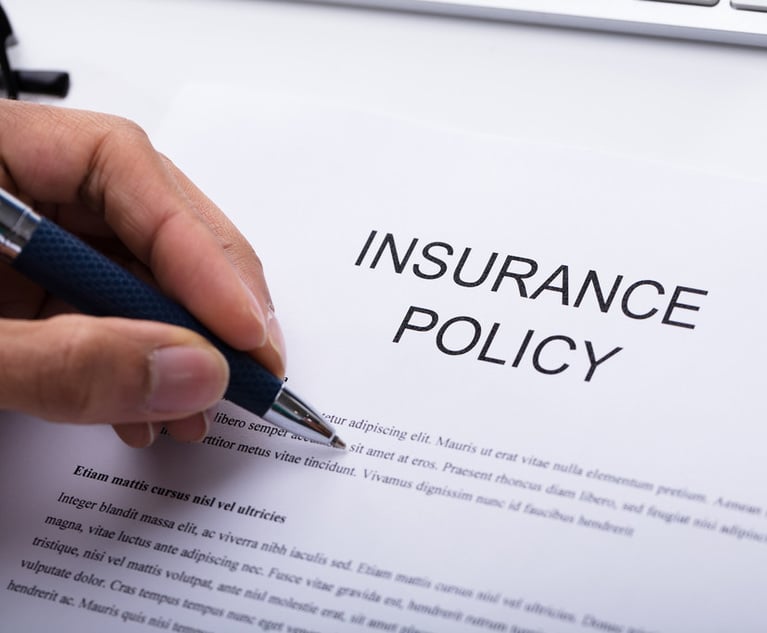NU Online News Service, July 3, 10:14 a.m.EDT
|Increasingly, more CEOs and CFOs are taking charge of theircompanies' risk-management duties, according to a Deloitte &Touche and Forbes Insights survey–and the majority of thosecompanies say they plan to implement changes designed to raise theprofile of risk management throughout their organization.
|According to the survey, 26 percent of respondents say theprimary responsibility for overall risk management belongs to thechief executive officer (CEO), followed by 23 percent who said thechief financial officer (CFO) or treasurer.
|The chief risk officer (CRO) and head of risk, surprisingly,came in at third.
|Deloitte teamed with Forbes Insights to poll 192 insuranceexecutives, mostly those holding the title of director or vicepresident, working for consumer and industrial products, lifesciences, health care, technology, telecommunications, and mediacompanies in the U.S. that make between $1 billion to greater than$10 billion in revenue.
|Deloitte writes that it is essential to spread risk awarenessequally throughout the whole organization so that all employeesfeel accountable, a task for which the CEO is well-suited.
|“There is always a concern that if you set up a large ERM team,they somehow own risk. It can't work that way. People that managethe day-to-day business need to own risk,” says Rick Kulevich,senior director of ethics and compliance at business-technologyprovider CDW, in the Deloitte report.
|As for raising the profile of risk management, 91 percent of thesurvey respondents say their companies plan to reorganize andre-prioritize their approach to risk management in some form withinthe next three years, with 55 percent planning to implement changesover the next 12 months.
|Most of these changes are being driven by economic uncertainty:almost 80 percent of survey respondents stated that marketvolatility over the past three years has affected their approach tomanaging and responding to risk.
|“When the financial world collapsed, it resulted in lesstolerance for volatility, and less tolerance for surprises. ERM isan effective way to help address those concerns and bringconsistency to the risk management process,” Kulevich says.
|“More and more companies are planning to pay attention to riskmanagement. Economic volatility has much to do with it,” addsWilliam Keevan, senior advisor at Chess Consulting LLC.
|Popular responses to the pervasive economic crisis includereorganizing risk management processes (39 percent), providingadditional staff training (37 percent), incorporating newtechnology (31 percent) and integrating it into strategic planning(28 percent).
|Effective ERM is in giving individuals ownership of risk, whichaccording to Deloitte is in turn dependent on company-wideawareness. Twenty eight percent of survey respondents said theirmain challenge is making people aware of what they need to doconcerning risk, more so than challenges posed by available skills,technology or corporate culture.
Want to continue reading?
Become a Free PropertyCasualty360 Digital Reader
Your access to unlimited PropertyCasualty360 content isn’t changing.
Once you are an ALM digital member, you’ll receive:
- All PropertyCasualty360.com news coverage, best practices, and in-depth analysis.
- Educational webcasts, resources from industry leaders, and informative newsletters.
- Other award-winning websites including BenefitsPRO.com and ThinkAdvisor.com.
Already have an account? Sign In
© 2024 ALM Global, LLC, All Rights Reserved. Request academic re-use from www.copyright.com. All other uses, submit a request to [email protected]. For more information visit Asset & Logo Licensing.








